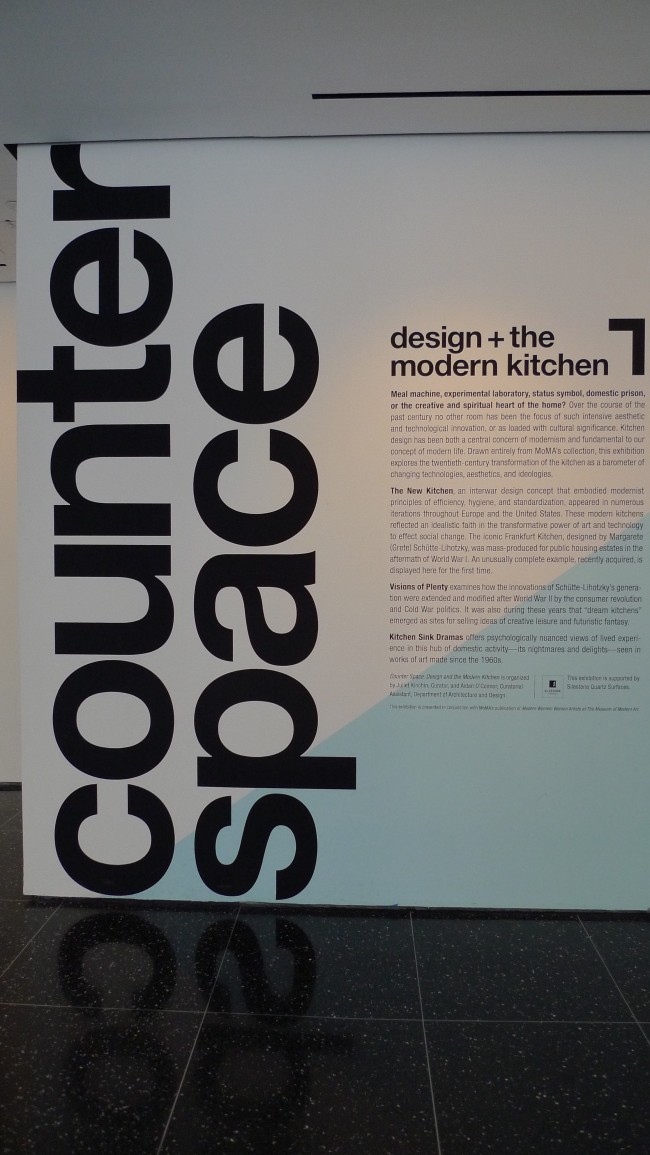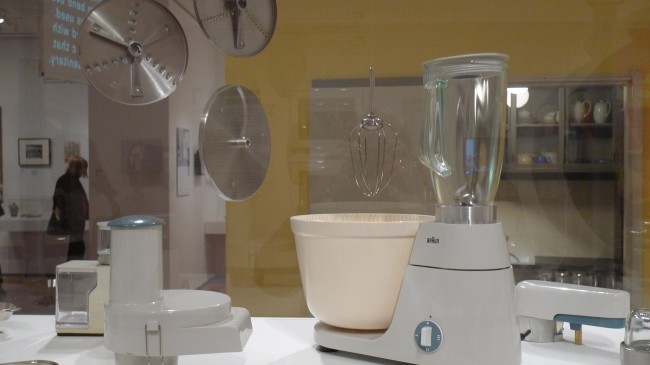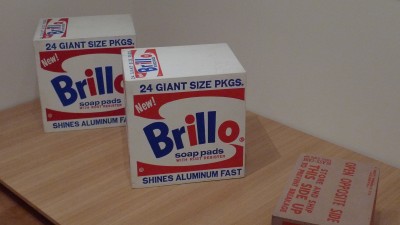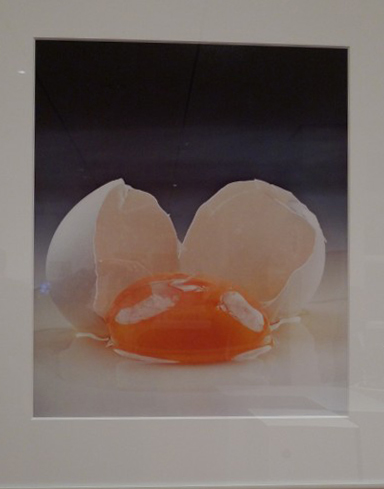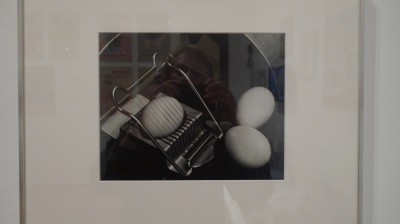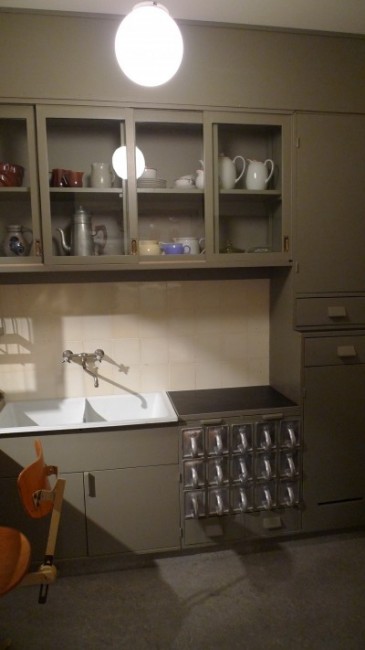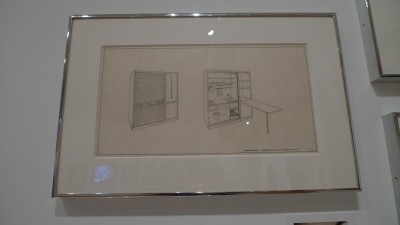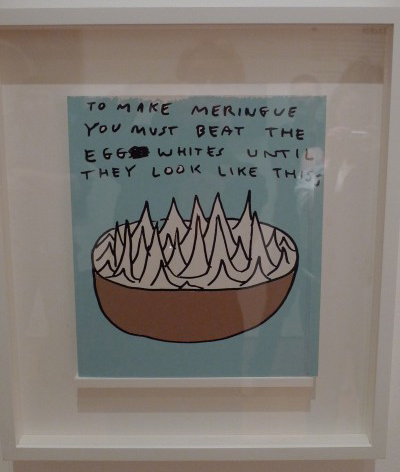The exhibition Counter Space: Design and the Modern Kitchen at the Museum of Modern Art explores the 20th century transformation of the kitchen as a pivotal point of modern thinking in family life. After WW1, kitchens long ignored by design professionals began to attract attention from domestic reformers and progressive architects. They wanted to transform the kitchen from drab, inefficient and unsanitary to something newer and family friendly. Previously the kitchen was relegated to the basement or an annex; it’s new popularity called for the reorganization of house design and a new definition of women and their place in family life.
My Book: The Perfect Bath
Featured Posts
New Waterworks Catalog and Studio Fittings
We are very excited to share our new Waterworks Studio sales tool. The special attribute of Waterworks Studio is that the entire collection is in stoc … →
Industrial Chic Baths
Industrial design has hit a new high for American interiors. We see it in everything from lighting in restaurants and hotels to hardware on furniture … →
Gray Kitchens
The recent popularity of gray kitchens follows the trend for the color in general. From light to dark and cool to warm, gray is the new neutral. It … →
Best Practices
- Tile and Stone:
- 1
Select materials thoughtfully and layer them with care
- 2
Make certain that grids align from floor to wall
- 3
There should be no unsightly cuts (plan ahead)
- 4
Use the smallest grout joints possible
- 5
Select grout color in the planning phase
- 6
Dry lay the material by opening all boxes and blending material for color variation
- 7
Request that your installer make a small sampling of his installation with grout on a piece of plywood
- 8
Vet your contractor by viewing completed projects he has done before
- 9
Select your contractor by the quality of his work and not the price
- 1
Send us your bath

